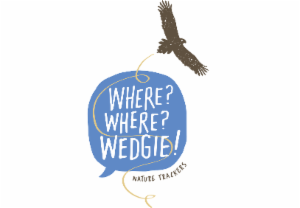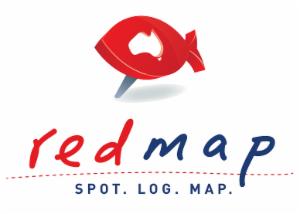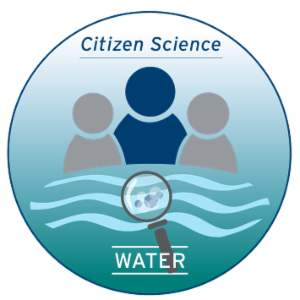Search for Cadlina tasmanica returned 15 results.
-
Biodiversity Science project: Bumblebee flower visitation Tasmania
This citizen science project will enable diverse insight into the food sources of B.terrestris in Tasmania. Question underlying this this project: Does B.terrestris mainly feed on introduced or also native flowers. Differences in queen versus worker foraging. Participates can take part in this by taking photos or small videos of B...
-
Biodiversity Science project: Community bat search: Increasing knowledge of bat distribution in the Huon Valley, Tasmania
The project can guide local management priorities on both public and private land. Engagement with Landcare group members of all ages will help build positive long-term outcomes. The project will help highlight the importance of maintaining and improving the health of remnant vegetation, connectivity and diversity of suitable habitat and encourage responsible land stewardship by reducing activities such as wood-hooking (illegal logging of timber) and encourage better pet management (cats).
-
Biodiversity Science project: Where? Where? Wedgie!
Get your family and friends outdoors across Tasmania in May, to help track numbers of Tasmanian wedge-tailed eagles — and also those of Tasmania’s other birds of prey, and white cockatoos and corellas. Each year, our surveys mobilise people of all ages and levels of experience, within schools, clubs, companies, governmental and non-governmental organisations and more widely across the community, to get a measure of these birds’ population numbers across Tasmania...

-
Biodiversity Science project: Orange-bellied Parrot Recovery
The Orange-bellied Parrot is a small 'grass parrot' and as its name suggests, has an orange patch on its belly. They migrate between the Australian mainland and Tasmania, spending summer breeding in Tasmania and winter in coastal Victoria and South Australia. Orange-bellied Parrots nest in hollows of eucalypt trees near button grass plains in south-west Tasmania. Sadly, the OBP is one of Australia's most threatened species, with less than 50 parrots thought to exist in the wild today...

-
Biodiversity Science project: Redmap
Redmap (Range Extension Database and Mapping Project) is a citizen science project that invites members of the community to spot marine species that are outside of their usual range (or distribution) at various points around Australia. In collecting this information Redmap is generating a database of “out of range” sightings to assess which species are shifting their ranges and whether these shifts are consistent with warming waters...

-
Biodiversity Science project: Redmap
Redmap (Range Extension Database and Mapping Project) is a citizen science project that invites members of the community to spot marine species that are outside of their usual range (or distribution) at various points around Australia. In collecting this information Redmap is generating a database of "out of range" sightings to assess which species are shifting their ranges and whether these shifts are consistent with warming waters...

-
Biodiversity Science project: Kelp Tracker
OzFish Unlimited and TARFish have partnered with the Institute for Marine and Antarctic Studies (IMAS) at the University of Tasmania to harness the local knowledge and expertise of fishers, boaters, divers and paddlers to help monitor Tasmania’s disappearing and endangered giant kelp forests. Kelp Tracker is part of a research project that invites waterway users to share (or ‘log’) their sightings of endangered and disappearing giant kelp (Macrocystis pyrifera) in Tasmania...
-
Biodiversity Science project: Reveg Monitoring Test
Planting of native saplings on 3 ha of degraded land in NW Tasmania
-
Biodiversity Science project: Student Marine Water Monitoring - Port Phillip Bay
Students will complete temporal physico-chemical water monitoring at Princes Pier in Port Philip Bay. This will be used to monitor changes in local water quality, and data will be verified by referring to Ships of Opportunity data from the Spirit of Tasmania.

-
Biodiversity Science project: cPlatypus
Platypuses live in rivers and other waterways across the Great Dividing Range in Australia from Cooktown in northern Queensland to Tasmania. However, apart from knowledge of this broad distribution, there are still many gaps for much of the rivers on either side of the Great Dividing Range limiting our ability to assess whether declines or local extinctions have occurred across the platypus' range.
